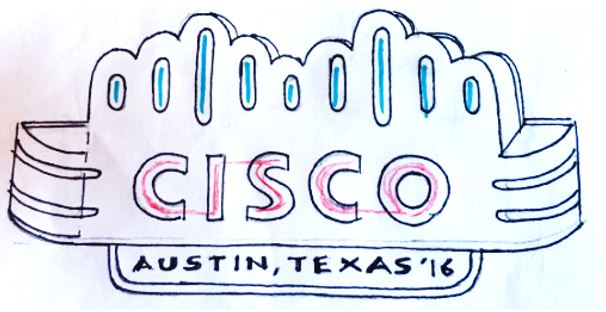































Software engineering and developer communities are driving the market for cloud consumption and leading each industry into a new era of software-defined disruption. There are no longer questions about elastic and flexible agile development as the way to innovate and reduce time to market for businesses. Open source software plays a key role in the transformation taking place to cloud native and understanding how your business strategy needs to address this next disruption in software development is crucial to the success of your business. The first key area is to automate your Software Development Life Cycle (SDLC). The modern SDLC for software disruption is shown below.

Build, Deploy, Run Orchestration
This SDLC consists of:
Each of these components has open source projects that are of great interest to the software development community. With open source as the de facto standard for software architecture and development, it's more important than ever to take a look at strategies around infrastructure, security, performance, collaboration and community, architecture, open hardware, and data analytics. The innovations happening in these areas are changing the way we think about business strategy and how competitive we can be in this continuously evolving business cycle.
Cloud Native Model
As Cisco continues to innovate in this area, we have defined a Cloud Native Platform (CNP). We use the term platform to represent both the hardware and software associated with delivering the software disruption transformation the enterprise is undertaking. The CNP is shown below:

A platform can only be a strong as the physical systems that comprise the hardware architecture of the platform.The security and performance of the underlying physical infrastructure is how your business differentiates. The infrastructure layer is still important to the overall experience as performance and security aspects of the stack require full integration of the physical and logical security components. Being able to optimize the network, compute, and storage resources in a fully automatic and the consumption-based economic model has been optimized to meet the business requirements.
The next layer above the infrastructure can be virtual or bare metal orchestration. Virtualization has never been the definition of cloud. This layer provides access to the underlying infrastructure resources and presents methods to the Container Stack for 3 distinct use cases:
The container stack layer consists of the innovation coming out of the Cisco's Cloud Platform, Enterprise, and Networking Engineering. Mantl provides the cloud native open source platform with fully integrated development plug-ins, secure DevOps, Mesos and Kubernetes orchestration, CI/CD, and a fully integrated data platform. We have hardened the microservices infrastructure and created differentiation in the orchestration, service discovery, and networking areas. Specifically, we have improved the performance of the network in both the user and control planes.
The user plane with FD.io, takes the approach that containers must have portability. With FD.io, you take your known-good net stack with you everywhere. We tackle the IP per container, which has become the norm, vs. NAT (overlays, native IPs, etc.) to provide near wire speed routing. We incorporate high-performance API's to address the state of the containers and address the possibility that a container change could potentially result in a route change. For network administrators, we have added a number of advanced container network functions 'in stack' (Multipath, VRF) and with a multi-million entry FIBs you can rest assured that scalability is addressed.
For the control plane, our innovation in application policy and Application Intent from Contiv and Shipped are enabling enterprises to extend their network control to multiple clouds while, at the same time, abstracting the complexity from developers.
Flexibility and extensibility are required capabilities for the cloud native model and the concepts of Consumption Interfaces have been architected to allow some choices and extensibility to be added into the consumption model for the developer of the cloud native application or service(s). This model allows us to support Kubernetes for the developer and Mesos frameworks for the data scientist. This is also how we integrate with Platform as a Service (PaaS) offerings.
However, physical and cloud infrastructure does not enable application development platforms natively nor provide the ability to create applications that are cloud native with elastic services. In addition, businesses are moving to application development architectures that leverage open source, which are becoming more strategic to their business strategy. When making the decision to build and operate an application on physical or on a cloud platform, open source strategy becomes central to your application architecture and strategy.
Above the Stack takes into account the new Container Stack, Consumption interfaces, SDLC, OSS, and BSS components of the cloud native platform.
Come Join Us
We will be at the OpenStack Summit (booth C11) with live demos of these technologies. Please stop by and learn how you can accelerate your business. Additionally, Cisco has a keynote on day 2, three sponsored track sessions on day 1, including one on cloud native development.
We also welcome you to our 16 conference track sessions, multiple vBrownBag sessions. Cisco is also a Headline sponsor of Community event that will be held on Tuesday night.
For more information, visit cisco.com/go/openstacksummit
 Горячие метки:
* облако * *
Открытый исходный код
OpenStack
cloud native
Disruption
openstack summit
Mantl
contiv
shipped
Горячие метки:
* облако * *
Открытый исходный код
OpenStack
cloud native
Disruption
openstack summit
Mantl
contiv
shipped